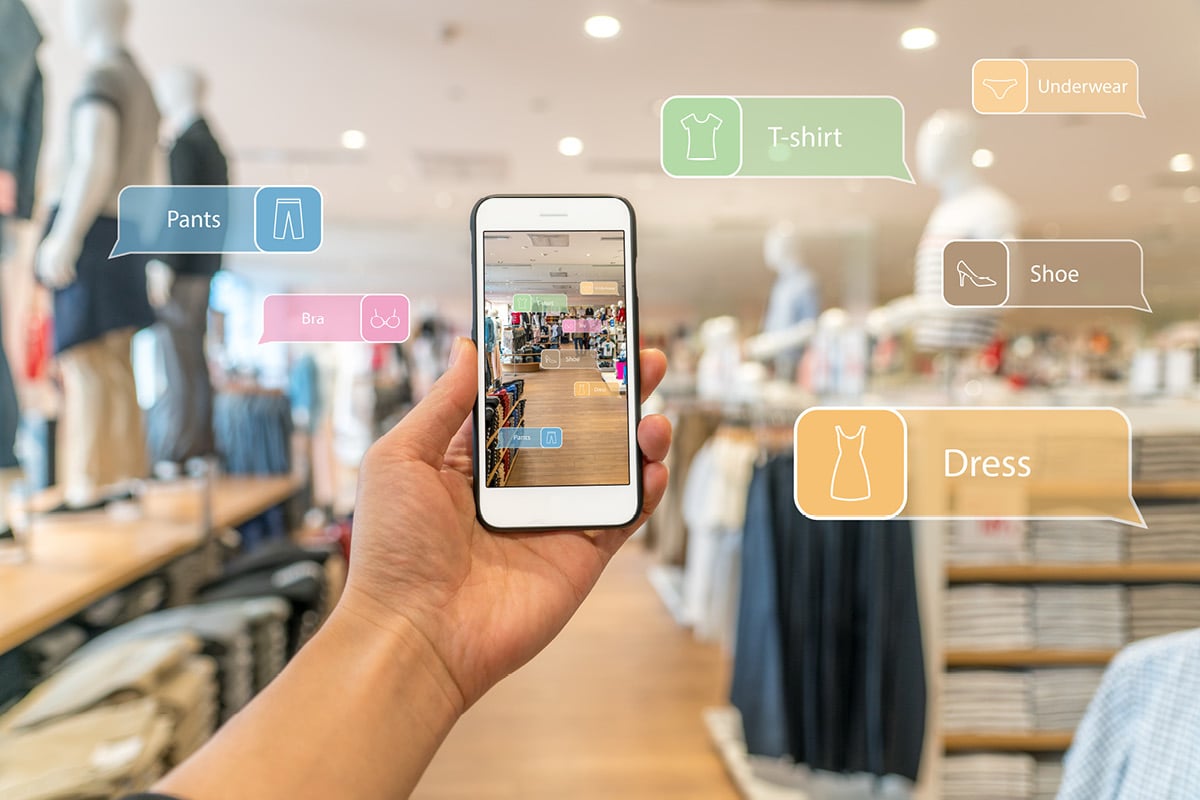The future is here. Once the preserve of 80s sci-fi action flicks like The Terminator and RoboCop, augmented reality (AR) has arrived and is changing the way we do business. So what is it and what does it mean for the future of business?
What is AR?
The most well-known example of AR is the global phenomenon of Pokémon Go, which could overlay computer-generated characters from the popular TV series onto smartphone screens so players could ‘catch’ Pokémon by the beach, at the store or on their commute to work.
AR uses a smart device or lens to add layers of information to enhance a physical environment and should not to be confused with virtual reality (VR), which creates virtual environments to replace physical ones. AR is about supplementing the real world with virtual elements that improve our engagement with our environment, and the business applications are endless.
Internal benefits
AR affords us new ways to engage with our colleagues, collaborators and customers. Whether it is team meetings with remote workers, job training or product demonstrations, AR has the potential to improve efficiencies and profits.
Interstate and international collaboration can be significantly enhanced with AR, helping remote workers engage and connect with their co-workers in a more meaningful way. With AR, anyone, anywhere can dial into a meeting and be as present as someone who is physically in the room.
Immersive training experiences are far more effective and engaging than traditional classroom-based learning, which means more complex processes can be taught with AR at a faster pace.
Business applications
AR is already proving popular in the retail space, with giants like IKEA utilising the technology to enhance their customers’ buying experience by showcasing their products. Through AR, customers can see how a piece of furniture or an accessory would look in their home, which could make the difference in closing the sale and reduces the likelihood of a costly return.
AR can also assist inexperienced people to complete complex repairs through step-by-step guidance and visual demonstrations of parts and components. For example, fixing a car with the help of AR could be as simple as loading up the right program, putting on a pair of glasses and following the instructions on how to replace that carburettor. All the engine parts would be clearly labelled with computer-generated graphics and anything that doesn’t look right is flagged by the program.
Repair programs like these could be linked to parts wholesalers and reseller databases to get the right part ordered, paid for and delivered. A similar application can be made for property developers.
Property developers could use AR to guide investors and potential buyers around a plot of land so they can see what the development will look like before construction starts, and to help sell upgrades and finishes. As buyers walk around the plot of land or finished property they can see how they want their kitchen to be laid out, or what appliances they want, which can be ordered on the spot.
The future
It would be easy to dismiss AR as a fad that the average consumer will tire of quickly but experts believe in its potential and are backing it to form a significant part of the buyer experience.
There are huge benefits to consumers using AR; more informed decisions can be made and greater detail can be conveyed without confusing or putting off customers. Purchases made from an informed position are more likely to be promoted and reviewed positively – which is great for branding and marketing – and less likely to be returned.
Technology leaders, including Facebook and Google, are investing heavily in AR, which is a sure sign that it’s soon to become a mainstay of our online experiences. AR is as versatile as technology gets and the possibilities to radically change the way we do business for the better are endless.







